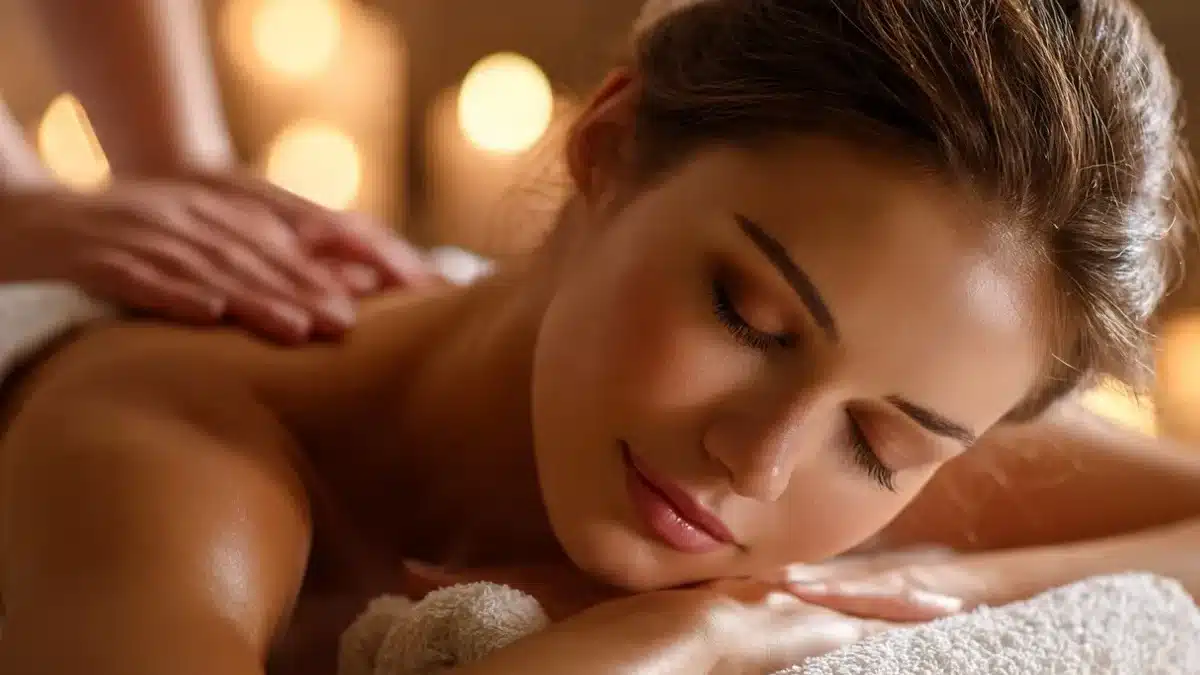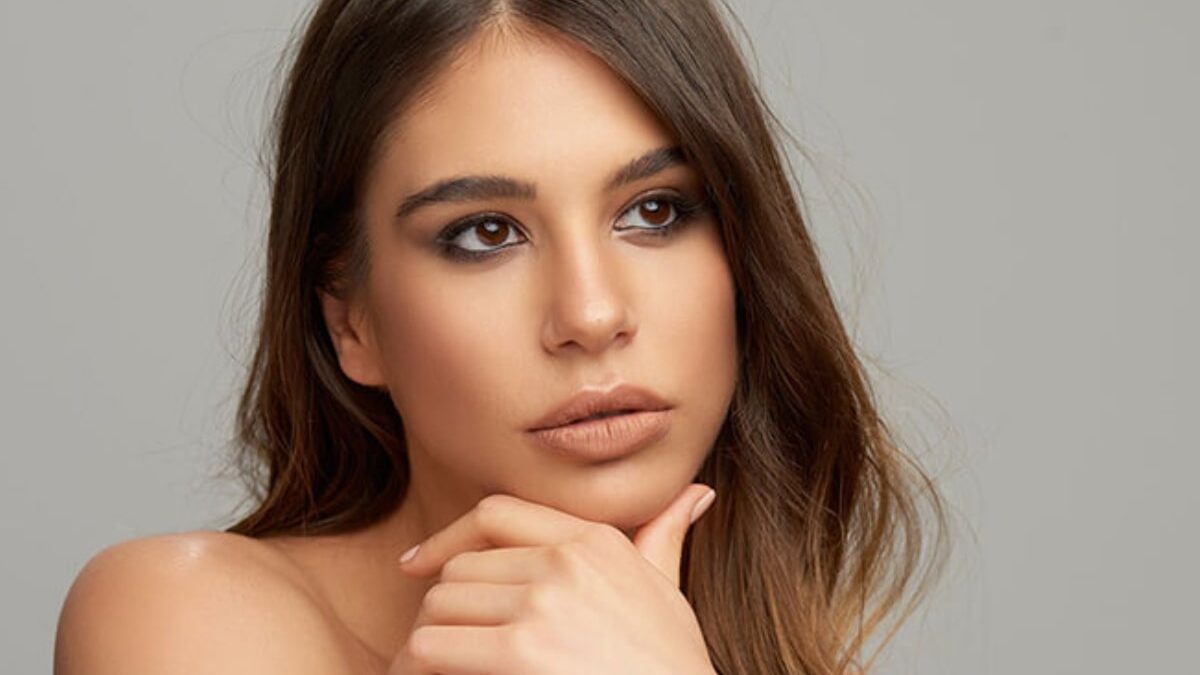
Are you looking for a new running shoe?
You will find it with : twice a year for many years, we have been testing the most interesting 20 new models together with the in Bad Lippspringe – and for the sake of simplicity, we have divided them into four categories for you.Find your ideal running shoe
With this quick test, you will immediately find the shoe category that best suits your foot. Then look at all the models there: There is a high probability that you will find your new shoe there.
Category 1: lightweight models
The classic training shoes for all runners who don’t have any health problems – real all-rounders for everyday use. Perfect for asphalt and park paths. Those who travel off-road more often should choose a model with a coarser profile.
Category 2: Neutral models with cushioning
The absolute lightweights are particularly suitable for fast runs and competitions on the street. The shoes are very flexible for natural running and have a low drop (height difference between heel and forefoot). If you choose a realistic model for the first time, you should only run in it for 10-15 minutes in the beginning and then slowly increase the duration.
Category 3: Stable models
More control, guidance, and support for all runners who experience frequent ankle, knee, or hip problems. Even particularly heavy runners are very well served with the models in this category. And don’t worry: the stable shoes have become significantly lighter and are no longer bulky.
Category 4: trail shoes
Stable trail shoes with solid support are perfect for heavy joggers and runners who like to include long forest and off-road sections in their routes. They offer grip on rocky terrain, and some of them even come with a non-slip sole!
This is how we tested
To be more precise, twice a marathon distance: We move each shoe model between 80 and 100 kilometers for this practical comparison test.
Around 20 active runners put the tested shoes under their feet. “Most of them have been in the team for 10 to 15 years and are correspondingly close observers,” says Professor Weber.
After the test, they fill out an evaluation form in which more than 20 items are asked. The runners were previously assessed and filmed during a test run themselves to recognize their running style and know which shoes they can wear best to achieve competent results.
Seven tips for buying running shoes
You have to say goodbye to the idea that there is THE good or THE wrong running shoes – our feet, running habits, weekly volumes, and physical conditions are too different. Our test offers an excellent orientation – but the decisive factor is how you feel with the shoe on your foot!
Here you will find all the current trends in buying running shoes – to make it easier for you to make the right choice, we now have seven practical tips for buying the right running shoes:
1. Buy running shoes late in the afternoon (feet bigger!) from a specialist retailer. Plan an hour for this.
2. Try on shoes from different manufacturers. Each company uses different lasts.
3. The shoe should give the heel support, with a thumb’s width between the toes and the tip of the shoe. Wear running socks when trying on!
4. A trained salesperson asks about running habits (extent, duration, surface of training). It would help if you had the answers ready.
5. Natural running models are very comfortable – but for beginners and most professionals, only a supplement to the classic running shoe.
6. In a treadmill analysis, the whole body must be considered. If the seller only films the foot and calf, the interpretation is guessing.
7. On average, running shoes last around 800 kilometers, depending on running habits and weight. After that, it’s time for some new ones.














